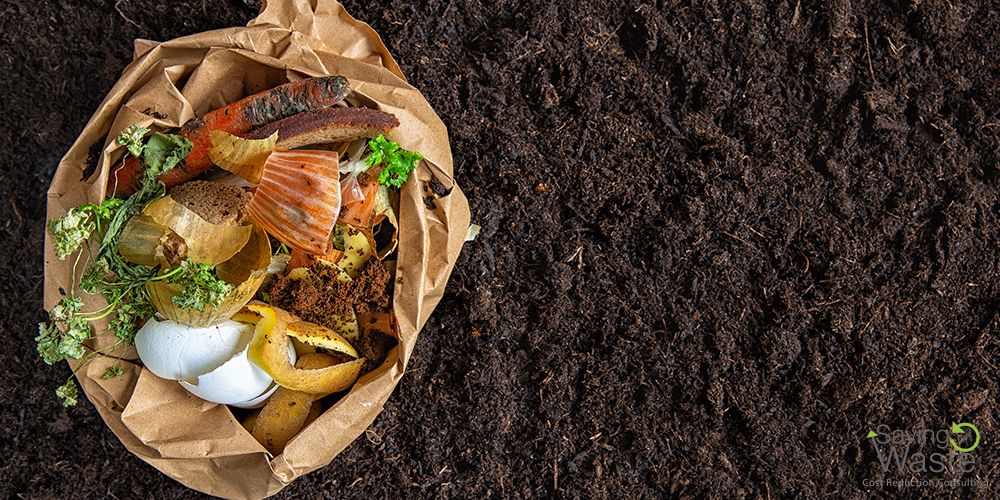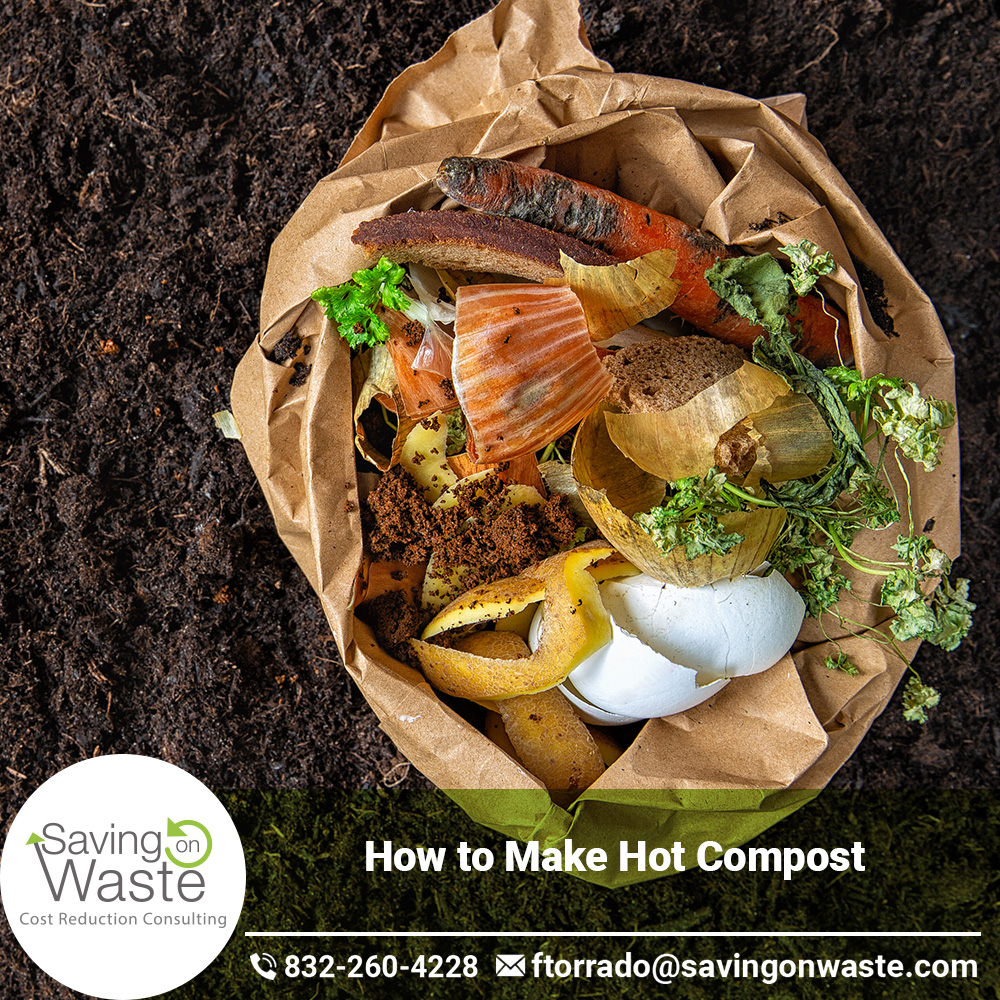
How to Make Hot Compost
Step 1: Combine Green and Brown Materials
To make your own hot-compost heap, wait until you have enough materials to make a pile at least 3 feet deep. You are going to want to combine your wet, green items with your dry, brown items. "Brown" materials include dried plant materials; fallen leaves; shredded tree branches, cardboard, or newspaper; hay or straw; and wood shavings, which add carbon.
"Green" materials include kitchen scraps and coffee grounds, animal manures (not from dogs or cats), and fresh plant and grass trimmings, which add nitrogen. For best results, start building your compost pile by mixing three parts brown with one part green materials. If your compost pile looks too wet and smells, add more brown items or aerate more often. If you see it looks extremely brown and dry, add green items and water to make it slightly moist.
Step 2: Water Your Pile
Sprinkle water over the pile regularly so it has the consistency of a damp sponge. Don't add too much water, otherwise, the microorganisms in your pile will become waterlogged and drown. If this happens, your pile will rot instead of compost. Monitor the temperature of your pile with a thermometer to be sure the materials are properly decomposing. Or, simply reach into the middle of the pile with your hand. Your compost pile should feel warm.
Step 3: Stir Up Your Pile
During the growing season, you should provide the pile with oxygen by turning it once a week with a garden fork. The best time to turn the compost is when the center of the pile feels warm or when a thermometer reads between 130 and 150°F. Stirring up the pile will help it cook faster and prevents material from becoming matted down and developing an odor. At this point, the layers have served their purpose of creating equal amounts of green and brown materials throughout the pile, so stir thoroughly.
Test Garden Tip: In addition to aerating regularly, chop and shred raw ingredients into smaller sizes to speed up the composting process.
Step 4: Feed Your Garden
When the compost no longer gives off heat and becomes dry, brown, and crumbly, it's fully cooked and ready to feed to the garden. Add about 4 to 6 inches of compost to your flower beds and into your pots at the beginning of each planting season.
Some gardeners make what's known as compost tea with finished compost. This involves allowing fully formed compost to "steep" in water for several days, then straining it to use as a homemade liquid fertilizer.
Every gardener is different, so it's up to you to decide which composting method best fits your lifestyle. Fortunately, no matter which route you choose, compost is incredibly easy to make and environmentally friendly. Plus, it's a treat for your garden. With just a few kitchen scraps and some patience, you'll have the happiest garden possible.
Source: BHG
Saving on Waste is a cost reduction consultant company. Our main office is in Houston, TX but we can work in all of The United States. We would work for you, the client, and always have in mind your needs and try to maximize savings.

Best Trash Collection In Houston
Waste Hauler in Houston TX, Waste Collections in Houston TX, Waste Consultant, Trash Services, Trash Collection, Trash Pickup Services, Trash Reduction, Dumpster Collection ServicesSaving on Waste

